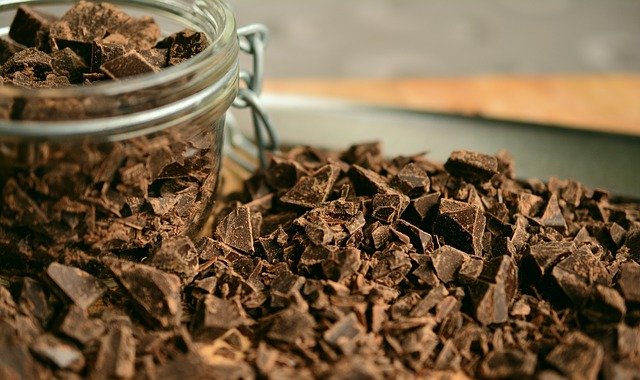
Nuclear magnetic resonance (NMR) has been a long established analytical technique for the measurement of a variety of parameters but most especially fat analysis. One of its main benefits is its rapidity in application and generating results. It is also nondestructive and there is no need to weight samples save to have enough sample for analysis. It also makes for an effective on-line measurement method.
At the heart of the method is the environment experienced by a proton. NMR is so effective it not only accurately measures the number of hydrogen nuclei (protons) in a compound but also within a surrounding matrix. The matrix from a food could be proteins and carbohydrates like starch.
Food Adulteration
NMR is now being applied in the checking of levels of adulteration in various foods. It has been combined with MRI (Magnetic Resonance Imaging) to identify specific sites in foods for example where an adulterant has been added such as a carbohydrate (Li et al., 2018).
Measurement Of Fat Content
The most common method for measuring fat is usually through a Soxhlet extraction which takes 2 days. It is a standard method but as it can be seen this period of time is lengthy and not suited to rapid decision making processes. The AOCS has an official method based on dilatometry (1974, 1981). Plant breeders trying to cover myriad samples so that they might have a rapid take on which plants to select needed a far quicker technique hence the power of NMR.
Throughout the 60s and 70s the technology was mainly concerned with continuous wave NMR to measure both total and solid fat contents. Solid fat measurements are straightforward using NMR but protons from liquid fat produce a narrow absorption peak while solid protons yield a broad band.
Wide-line NMR as it can be known was used to monitor the oil content of maize, of soybeans (Collins et al., 1967), of sunflower seeds (Robertson & Morrison, 1979) with a high degree of robustness when compared to gravimetric methods
To improve the use of NMR, pulsed NMR was introduced. Here the decay of the signal is measured after a short radiofrequency pulse is administered to the sample. On this basis, solid protons have relatively short relaxation times and their signal decays rapidly. With liquid protons, the signal decays at a much slower rate. By measuring the signal at two different times, the percentage of solid present can be determined. That makes it ideal for conducting routine fat analysis as well as moisture analysis. Chocolate, cheese and dried milk have all been scrutinised using the pulsed form of NMR (Lambelet, 1980).
Chocolate in particular relies on high quality NMR analysis to determine total, solid and liquid fat levels because they are controlling factors in viscosity of both molten chocolate and its texture in the final product. Pulsed NMR can be used to give a crucial steer on how chocolate will melt in the mouth for example (Desarszens & Michel, 1982).
On this basis low-resolution pulsed NMR has been sued to determine the oil and moisture content of the same sample particularly of oil seeds (Gambhir, 1992).
A rival method is differential scanning calorimetry (DSC) which has its detractors but can also offer potential analytical benefits. These have been compared with NMR in the measurement of the fat content of milk fat and various fractions (Lambelet, 1983a) and of cocoa butter (Lambelet, 1983b). The value of DSC is diminished by issues such as heats of fusion, polymorphism, crystalization aberrations and melting rates, and sample size (Sleeter, 1983).
Pulsed nuclear magnetic resonance is now used on a routine basis for the determination of total and solid fat in chocolate and derivatives of chocolate (Leung et al., 1985).
A variety of suppliers use NMR for routine analysis including Bruker. They have introduced relatively cheap analytical equipment using low resolution pulsed NMR for the purpose of both moisture and fat analysis.
Low-Field NMR
Some recent studies have demonstrated how powerful low-field NMR spectroscopy happens to be especially if its combined with another technique such as magnetic resonance imaging (MRI).
We mentioned the study by Li et al., (2018) earlier which concerned the application of low-field NMR with MRI as a method of assessing adulteration. In their example prawns were injected with a variety of hydrocolloids such as gelatin, agar, konjac and xanthan gum. The study showed that characteristic T2 fitting curves could be used to tell adulterated prawns from normal ones. It also showed another benefit: the key accumulation site of the hydrocolloids injected in these prawns. If Principal Component Analysis (PCA) was used then the different hydrocolloids could be identified.
This example shows low-field NMR could be a very powerful tool in hydrocolloid and gum adulteration.
Your article helped me a lot with my revision and question answering. Is there any more related content? Thanks!